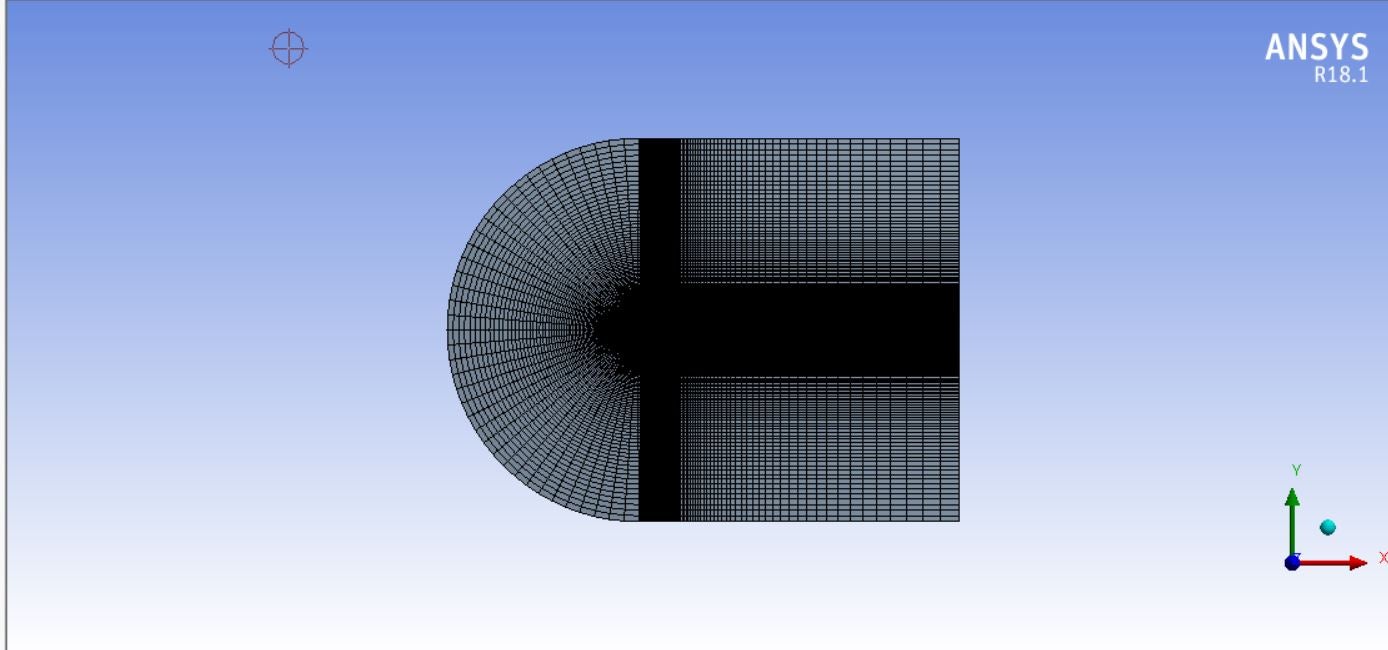-
-
May 11, 2021 at 7:56 am
deb_biswas
SubscriberHello, I am an undergraduate student and I am fairly familiar with the software (FLUENT). I have been trying to do a supersonic simulation on a biconvex airfoil(6%thickness).y
I didn't found the pressure coefficient curve satisfactory. On the right portion of the curve it seems abnormal. I used density based solver with sst kw turbulence model. My meshing and other set up along with cp curve are attached here.
I would appreciate your valuable feedback on this purpose.
May 11, 2021 at 9:30 amRob
Forum ModeratorYou've got a large jump in cell size as you transition between blocks, similarly on the leading edge there looks to be a section where you skew the hex mesh which may tie up with the spike in the lower part of the curve.
December 9, 2022 at 8:02 amdeb_biswas
SubscriberThank you, Mr. Rob. I am really sorry for being so late.
Viewing 2 reply threads- The topic ‘Biconvex airfoil simulation in supersonic flow’ is closed to new replies.
Innovation SpaceTrending discussionsTop Contributors-
4613
-
1530
-
1386
-
1209
-
1021
Top Rated Tags© 2025 Copyright ANSYS, Inc. All rights reserved.
Ansys does not support the usage of unauthorized Ansys software. Please visit www.ansys.com to obtain an official distribution.
-
The Ansys Learning Forum is a public forum. You are prohibited from providing (i) information that is confidential to You, your employer, or any third party, (ii) Personal Data or individually identifiable health information, (iii) any information that is U.S. Government Classified, Controlled Unclassified Information, International Traffic in Arms Regulators (ITAR) or Export Administration Regulators (EAR) controlled or otherwise have been determined by the United States Government or by a foreign government to require protection against unauthorized disclosure for reasons of national security, or (iv) topics or information restricted by the People's Republic of China data protection and privacy laws.












